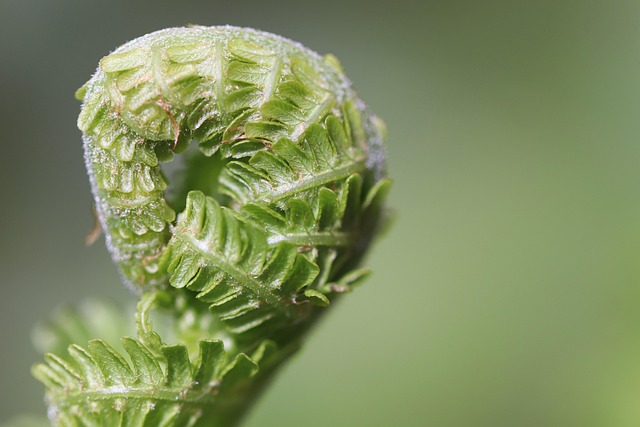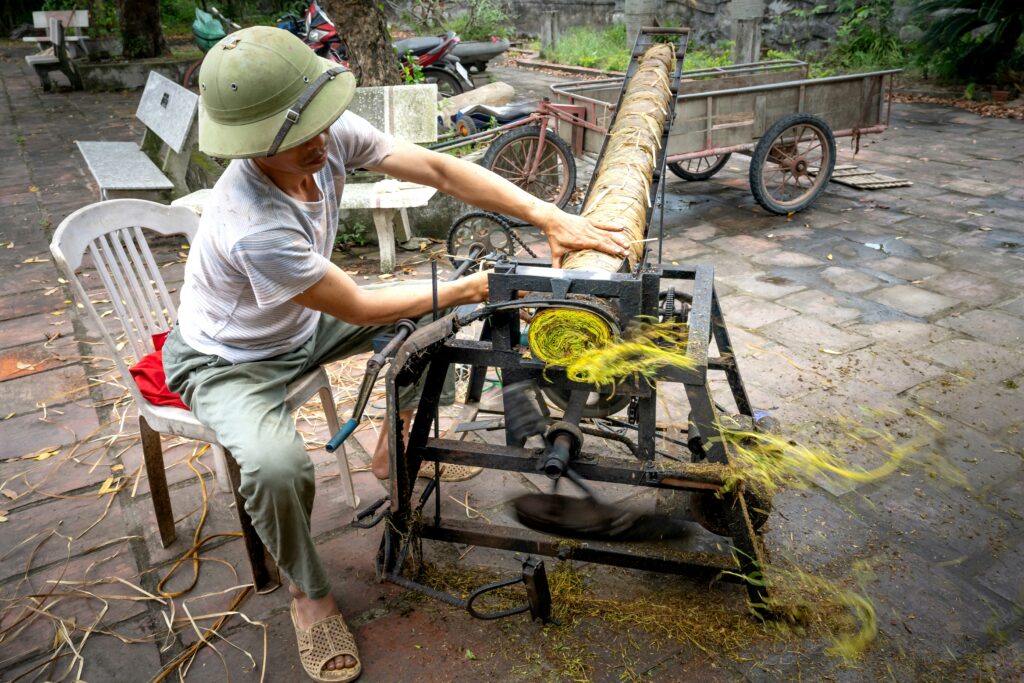AI Is Speeding Up Workflow Without Replacing Humans
AI has dug its roots deep into the vlogging world, but it’s not here to steal the spotlight. It’s working behind the scenes—tightening up edits, generating video outlines, helping vloggers plan smarter. Tools like Descript, ChatGPT, and Runway are freeing up time without stripping out personality. The smartest creators are using these tools to speed up the boring stuff, not to replace their voice.
That said, there’s a line you don’t want to cross. Over-automate, and your content starts feeling cold. Use AI to rough out a video script, fine. But your tone, timing, and personal touch? That still has to come from you. The vloggers winning in 2024 are the ones who keep their message human while letting machines carry the weight of the grunt work.
Top-end workflows are combining AI and manual magic. AI for cutting filler or building a content calendar. Human takes over when it’s time for delivery, emotion, and building real trust.
Introduction
Vlogging hasn’t just survived in the chaotic digital space—it’s evolved. Through algorithm shake-ups, platform pivots, and endless content cycles, creators have found ways to adapt. Video isn’t going anywhere. It’s still the most personal, versatile format online. But the game has changed.
In 2024, success isn’t about who shouts the loudest. It’s about consistency, clarity, and carving out your corner of the internet. Audiences want real connection. Platforms want engagement that lasts. And creators who read the signals—those who lean into smarter strategies—are standing out in a crowded field. If you’re still vlogging like it’s 2020, you might be invisible. It’s time to evolve.
Micro-Niching for Loyal, High-Intent Audiences
Vlogging in 2024 isn’t about going big. It’s about going deep. The creators winning today are carving out sharp, narrow lanes with laser focus. Think “vanlife for single dads” or “sustainable streetwear hauls.” The more specific the angle, the stronger the bond with the audience.
Why? Because niche viewers aren’t just passive scrollers. They watch with purpose. They comment, share, and come back. When you speak directly to people who care about a certain lifestyle, hobby or identity, you’re not just building a channel. You’re building a tribe.
Growth might look slower, but loyalty runs high. And loyal followers click links, buy merch, sign up for memberships. Total subscribers matter less now than engagement and intent. Micro-niching is more than a content strategy. It’s a way to turn small attention into real value.
Lavender doesn’t just survive tough conditions, it thrives. This hardy plant is drought-tolerant and doesn’t ask for much once it’s established. Give it full sun, well-drained soil, and let it do the rest. Its clean aroma makes it a favorite for outdoor spaces, but there’s more going on under the surface. Lavender naturally draws in pollinators like bees and butterflies, keeping your garden active and healthy. At the same time, it fends off pests such as mosquitoes and moths, making it both beautiful and useful. It’s a low-maintenance all-star that gets the job done while looking good doing it.
Low-Water, Wind-Resistant Backdrop Plants
When it comes to landscaping in dry or breezy climates, the right backdrop plants can make a huge difference. Choosing low-water, wind-resistant varieties not only saves resources but also brings visual interest and resilience to your yard.
Why Go Low-Water and Wind-Resistant?
- Reduces water usage in drought-prone areas
- Requires less maintenance year-round
- Withstands gusty conditions without damage
These plants are ideal for regions where conserving water is a priority and where strong winds are common.
Top Options to Consider
These ornamental grasses and drought-tolerant plants thrive in challenging conditions while adding movement and softness to your garden design:
-
Feather Reed Grass (Calamagrostis acutiflora)
-
Tall, upright shape adds vertical interest
-
Handles wind and poor soil with ease
-
Fountain Grass (Pennisetum alopecuroides)
-
Broad, arching blades give a soft, flowing texture
-
Tolerates heat and dry conditions well
-
Blue Fescue
-
Compact and clump-forming
-
Great for edges or mass plantings
-
Muhly Grass
-
Fine texture and airy movement
-
Pink-to-purple blooms in fall add color
Bonus Benefit: Movement and Texture
These grasses bring dynamic motion to the garden. As the wind moves through, they sway gracefully, creating a calming and natural atmosphere. At the same time, their soft textures help balance out more rigid landscaping elements like stone or hardscape.
By integrating these hardy yet graceful plants, you’ll create a yard that’s both beautiful and built to last.
It’s easy to overlook the power of a tough perennial, but this one earns its keep. With striking, bold color and a no-fuss attitude, it adds punch to gardens without asking for constant attention. It blooms steadily from early summer through first frost, making it an all-season performer. Plus, it stands strong in dry spells and isn’t a favorite snack for deer, so it holds up when others fade out. For gardeners who want reliable beauty with minimal effort, this plant delivers.
Drought-Tolerant Beauty with Year-Round Appeal
If you’re looking for a plant that combines resilience with visual charm, look no further. This option offers both functionality and aesthetic value, making it a standout choice for many gardeners.
Distinctive Features
- Hardy, silvery foliage that adds texture and interest to your garden in every season
- Bluish-lavender blooms that create a soft, calming contrast against the foliage
Built for Tough Conditions
This plant doesn’t just survive challenging conditions — it thrives in them:
- Flourishes in hot and dry climates with minimal maintenance
- Built-in drought resistance means less watering and more sustainability
Natural Defenses
Worried about pests or garden intruders? This plant has natural protective qualities:
- Deer-resistant, making it ideal for properties prone to wildlife visits
- Minimal disease and pest issues, enhancing its low-maintenance appeal
With a combination of beauty and toughness, this is a practical yet stylish addition to any outdoor space.
If you’re looking for a low-maintenance plant that holds its own in tough conditions, a succulent groundcover with seasonal color is a smart choice. These plants thrive where others stall, handling poor soil and dry spells without complaint.
They don’t just survive — they bring real visual interest. Think subtle color shifts as the seasons change, from cool greens to warm reds or purples, depending on the variety. It’s a quiet kind of beauty that fits right into rock gardens, edges, or containers on the patio.
Use them to soften hard lines, fill empty gaps, or just cut down on water bills. No coddling, no fuss. Just solid performance and good looks, season after season.
Roses are the classic garden go-to for a reason. With bold color and layered blooms, they deliver serious curb appeal. While they do ask for a bit of attention when it comes to watering, most established varieties are surprisingly low-maintenance. Prune once, water regularly, and you’re mostly good to go. And thanks to reblooming hybrids, you’re not stuck with a quick spring peak. Many now flower again and again through summer and well into fall, adding steady color without the extra work.
Why Drought-Tolerant Plants Are a Smart Landscaping Choice
When it comes to creating a low-maintenance, sustainable garden design, drought-tolerant plants offer more than just beauty. These versatile varieties bring practical value to homeowners and landscapers alike.
Versatile and Functional
Drought-resistant plants aren’t just hardy—they serve multiple landscaping purposes:
- Evergreen year-round: Many maintain their color and foliage in all seasons
- Adaptable to various layouts: Ideal for groundcover, raised borders, and privacy screens
- Natural screening: Dense foliage provides a visual barrier and windbreak without fencing
Minimal Maintenance Needs
Once established, these plants thrive with little supervision:
- Very low water requirements: Ideal for drought-prone regions
- Reduced upkeep: Minimal fertilization, pruning, or pest control
- Saves time and resources: Less irrigation means lower utility costs
Great for Tough-to-Reach Spaces
Have trouble spots in your yard? Drought-tolerant plants make them manageable:
- Effective groundcover for uneven or sloped ground
- Excellent solution for hard-to-mow zones
- Helps control erosion in exposed areas
These practical benefits make drought-tolerant landscaping a smart move for anyone looking to cut down on maintenance, save water, and still enjoy a visually appealing outdoor space.
If you’re working with a space that sees sun only part of the day, you’re not out of luck. There are standout plants designed to thrive exactly there. These varieties perform well in partial shade, where light filters in during morning or late afternoon hours.
What makes them practical isn’t just their light tolerance. They bring color—think burgundy, lime, even deep plum tones—and they grow in neat, rounded mounds. That means less fuss when it comes to shaping or cleanup. These plants hold their form naturally, adding structure without stretching out or taking over.
No surprises here: maintenance is low. A light tidy-up once or twice a season gets the job done. Ideal for anyone who wants a polished look without weekly pruning sessions.
Repetition isn’t just for emphasis—it’s a design tool. Using the same plant type or color at intervals pulls your space together and keeps the eye moving. It’s a small thing that makes a big difference.
Mix up plant textures, colors, and sizes if you want depth. Pair soft ferns with sharp grasses. Contrast dark-leafed shrubs with lighter blooms. Layer tall, medium, and ground-level plants so there’s interest from every angle.
Start small. One planter. One patch. One section of your yard. Then scale up. The point is to layer and build gradually, not dump everything in and hope for the best.
Got the basics done? Learn how to take it all further in Design a Backyard That’s Both Functional and Stylish.
Low-maintenance landscaping isn’t about cutting corners. It’s about choosing plants that work with your space and schedule. Hardy perennials like lavender, ornamental grasses, sedum, and native shrubs provide texture and color without demanding constant attention. You’re not babysitting them. You’re placing them where they do best and letting them thrive.
Smart planning keeps your outdoors looking sharp year-round. Think in layers—taller shrubs in the back, ground cover up front. Choose varieties that bloom at different times or keep their color deep into fall and winter. A little foresight goes a long way.
The truth is, good landscaping doesn’t need to be complicated. It just needs to be intentional. Know your climate. Pay attention to sunlight. Choose well. Then let the garden do the rest. Nature can pull its weight—you just need to set the stage.


 As the co-founder of drhextreriorly. Tylisia Rothwyn plays a central role in shaping the platform’s mission and voice. With expertise in tech strategy and future-focused digital solutions, she delivers in-depth articles that explore innovation, cybersecurity, and transformative technologies. Tylisia’s leadership and editorial vision drive the site’s reputation as a reliable source for high-quality tech knowledge.
As the co-founder of drhextreriorly. Tylisia Rothwyn plays a central role in shaping the platform’s mission and voice. With expertise in tech strategy and future-focused digital solutions, she delivers in-depth articles that explore innovation, cybersecurity, and transformative technologies. Tylisia’s leadership and editorial vision drive the site’s reputation as a reliable source for high-quality tech knowledge.

